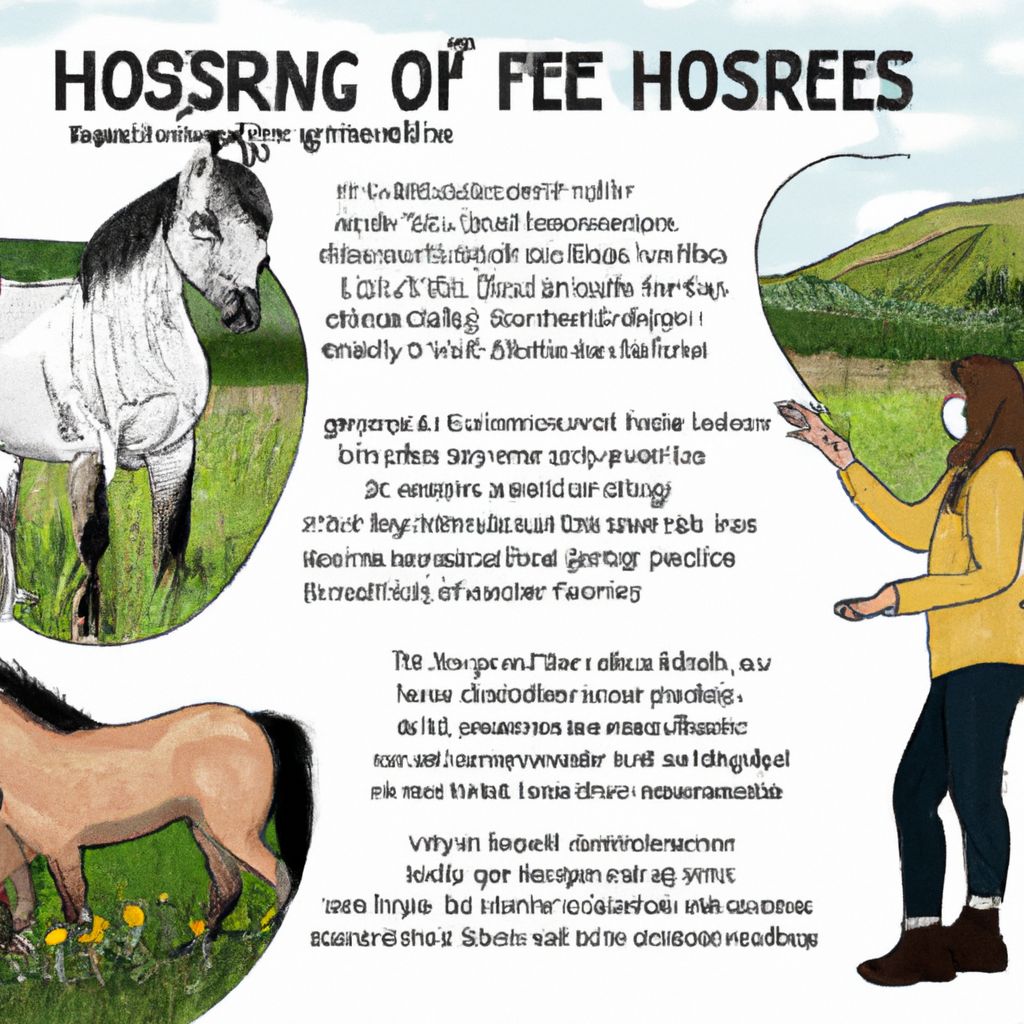- Introduction to Horse Behavior
- Understanding Horse Body Language
- Common Horse Behaviors and What They Mean
- How to Respond to Different Horse Behaviors
- How Understanding Horse Behavior Enhances Riding Experience
- Tips for Learning About Horse Behavior
- Conclusion: The Impact of Horse Behavior on Riding
Introduction to Horse Behavior
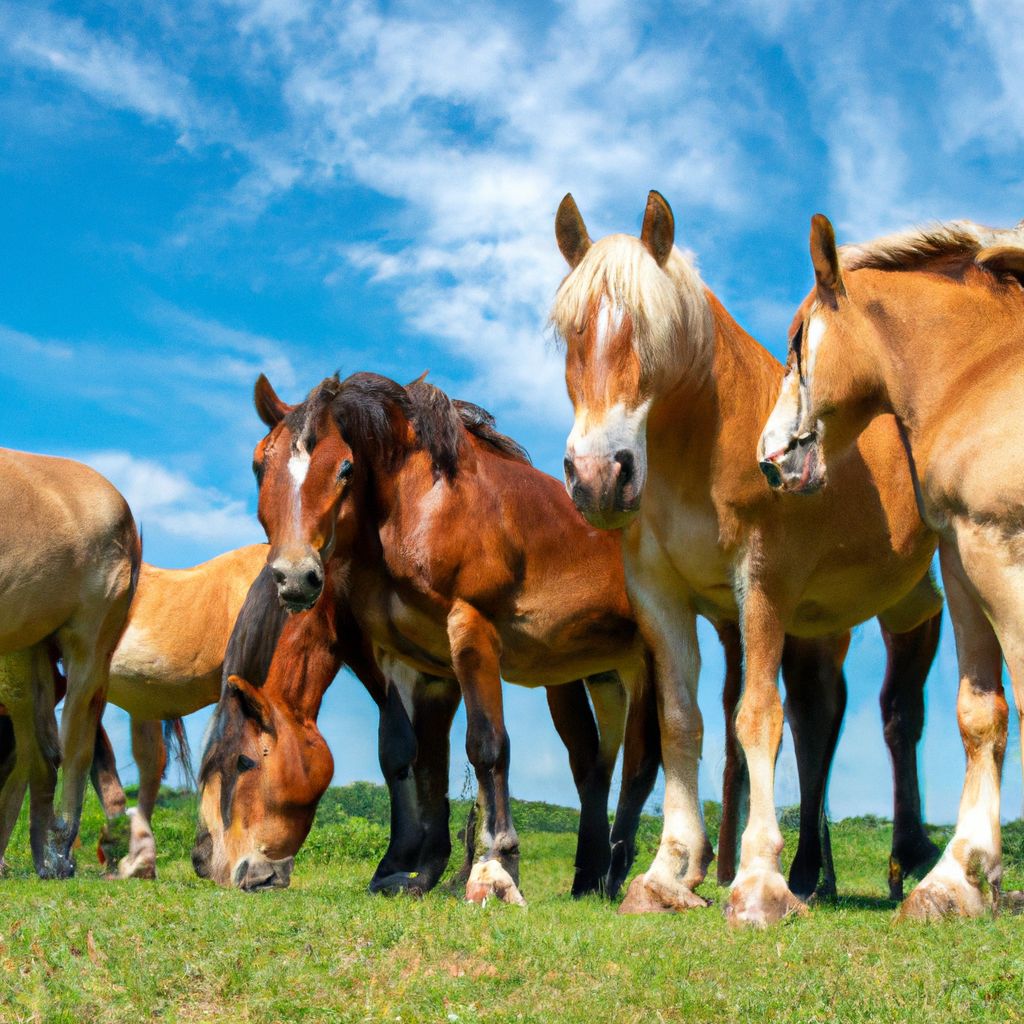
Understanding the natural behavior of horses can drastically improve your riding experience. This knowledge can help you communicate with the horse effectively, predict its reactions, and maintain a safe environment. Horses, like all animals, have basic instincts that drive their behavior. Understanding these instincts is crucial for anyone who wishes to ride or handle horses.
Horses are prey animals by nature. Their instincts are centered around survival and evasion from predators. This survival instinct manifests itself in various behaviors that can seem puzzling to humans. For example, horses have a strong flight response, meaning they are likely to run away when they sense danger. This instinct is so strong that sometimes even a plastic bag rustling in the wind can trigger it.
Understanding these natural instincts can make the difference between a stressful or a harmonious ride. By learning to read the signs of a horse's behavior, you can anticipate their actions and react appropriately. For instance, if you understand that a horse's ears pointed forward indicate alertness or interest, you might be able to prevent a spook by removing the source of tension.
Additionally, understanding horse behavior can improve the bond between horse and rider, leading to a more enjoyable experience for both. Horses are social and intelligent animals. They are capable of forming strong bonds with humans, provided those humans understand and respect their behavior.
Thus, understanding horse behavior is not just about safety, it's also about fostering a richer, more rewarding relationship with these magnificent creatures.
Understanding Horse Body Language
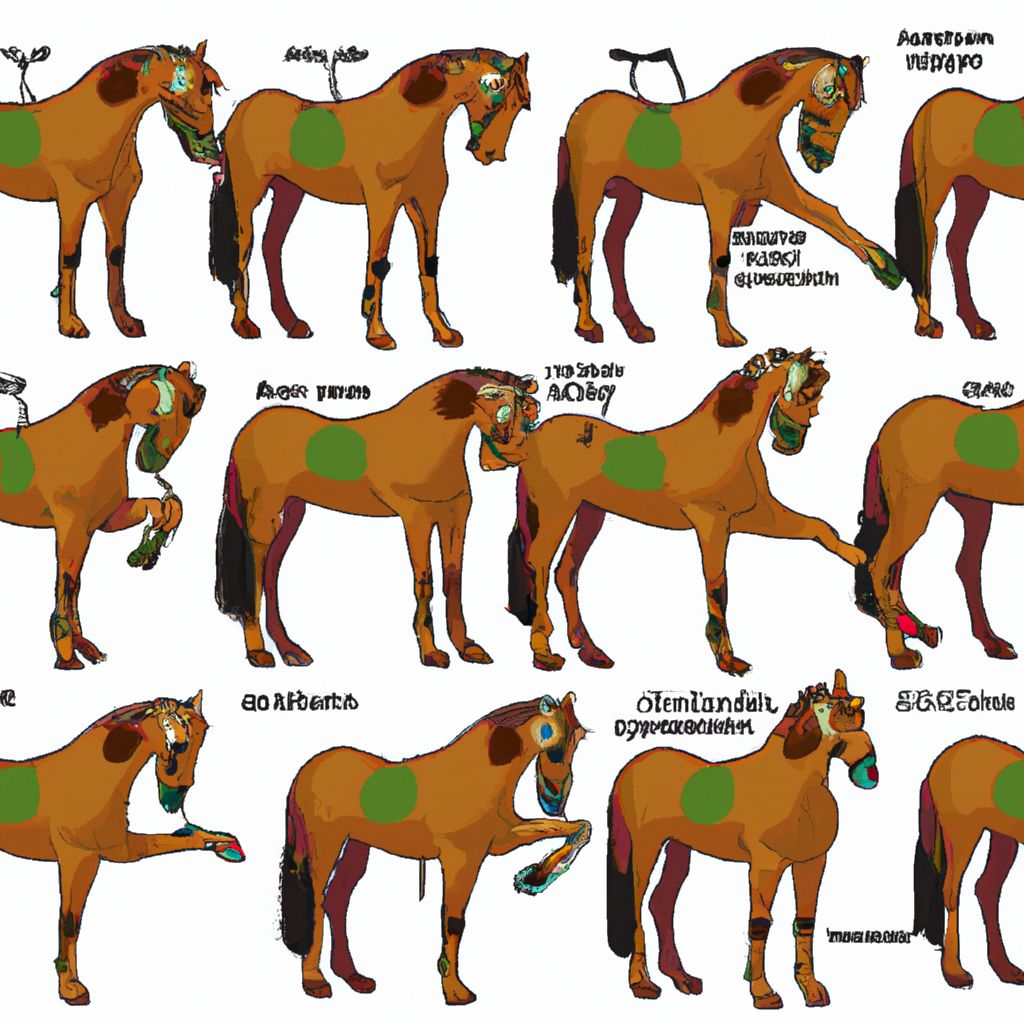
Horses communicate primarily through body language. A deep understanding of horse body language can be a powerful tool for riders, enabling them to quickly and accurately assess a horse's mood, comfort level, and intentions. Let's delve into the various aspects of horse body language.
- Ears
- Horse ears are highly expressive, constantly moving and shifting to reflect the horse's mood and focus. Ears pointed forward typically indicate that the horse is alert and interested in something. Ears pinned back flat against the head, on the other hand, can be a sign of anger, fear, or aggression.
- Eyes
- The eyes of a horse can tell a lot about its emotional state. Wide, white-rimmed eyes often signify fear or stress. Soft, relaxed eyes usually mean the horse is calm and content. A horse that's squinting or has half-closed eyes might be experiencing pain or discomfort.
- Mouth
- A relaxed, slightly open mouth is usually a sign of a relaxed horse. Chewing motions (without food present) can indicate submission or relaxation. However, a horse that's repeatedly opening and closing its mouth could be experiencing dental pain or issues with its bit.
- Tail
- The tail can also reveal a lot about a horse’s state of mind. A relaxed, low tail shows a comfortable and content horse. A raised tail can indicate excitement or arousal. If a horse is swishing its tail violently, this can be a sign of irritation or discomfort.
- Body Movements
- Horses also use their bodies to communicate. A horse that's shifting from foot to foot or pacing might be anxious or impatient. A horse that's standing very still, with a rigid body, might be frightened or tense. Understanding these movements can help a rider respond appropriately to the horse's needs and emotions.
In conclusion, understanding horse body language is about observing the whole horse - its ears, eyes, mouth, tail, and body movements. By paying attention to these signs, riders can gain a deeper understanding of their horse's feelings and improve their riding experience.
Common Horse Behaviors and What They Mean
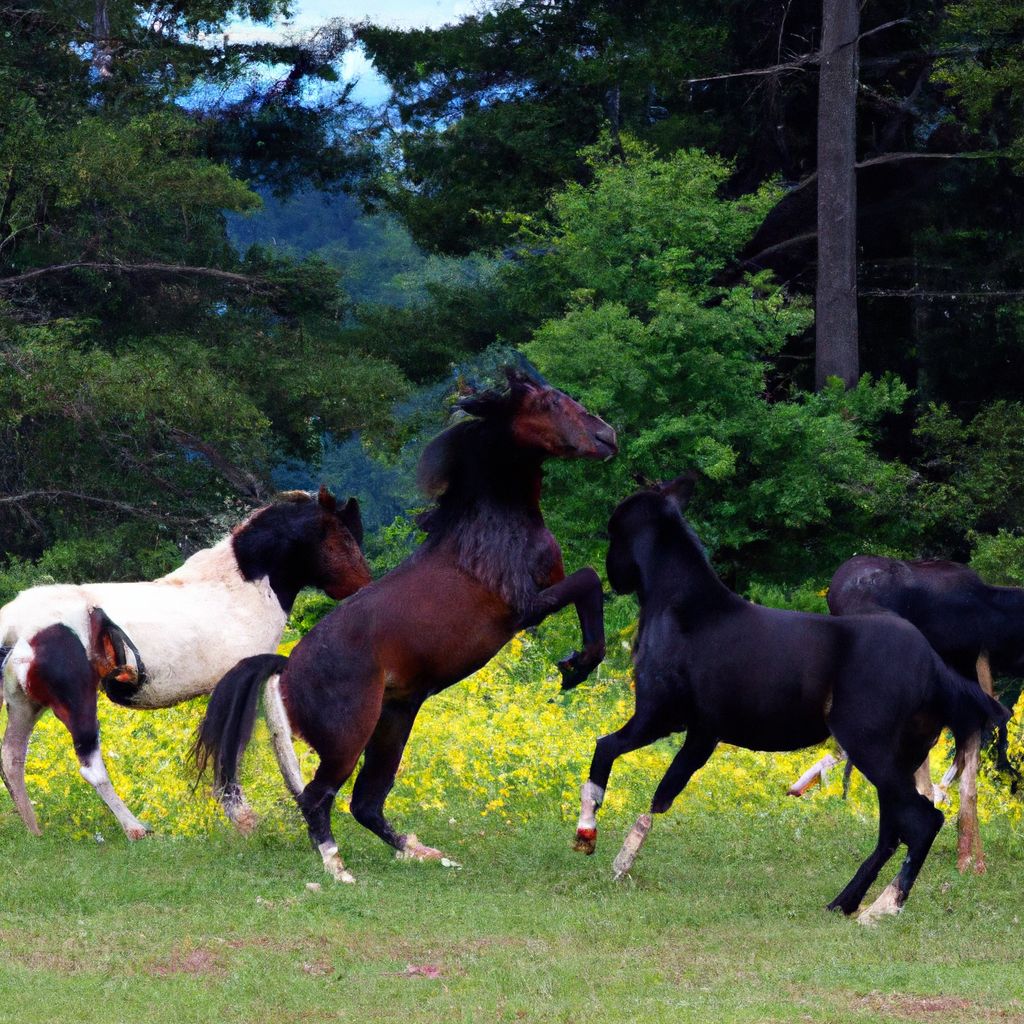
Just like humans, horses have a variety of ways to express their feelings and needs. Understanding common horse behaviors and their meanings can significantly improve your interactions with horses. Let's examine some of these behaviors:
- Neighing
- Neighing or whinnying is a vocalization that horses use to communicate over long distances. A neigh usually indicates excitement, anxiety, or a desire to locate other horses. It's the equivalent of a horse saying "Where are you?" or "I'm over here!"
- Pawing
- Pawing at the ground can be a sign of several things. It can indicate impatience or boredom, especially if the horse is tied up and can't move around freely. It can also be a sign of stress or discomfort, particularly if the horse is also showing other signs of distress like rolling or a lack of appetite.
- Rearing
- Rearing (when a horse stands on its hind legs) can be a dangerous behavior and is often a sign of fear, frustration, or defiance. It's important to handle rearing with care and consult a professional if it becomes a regular occurrence.
- Bucking
- Bucking (where the horse arches its back and kicks out with both hind legs) is another behavior that can indicate several things. It can be a sign of playfulness in a carefree horse, but it can also indicate discomfort or displeasure, particularly if it happens during riding.
- Biting
- Biting can be a sign of aggression, fear, or dominance. However, not all biting is negative - horses also use gentle nibbling as a form of social grooming. It's important to distinguish between these types of biting and respond accordingly.
By understanding these common horse behaviors, you can better understand your horse's needs and emotions, leading to a more harmonious relationship and an improved riding experience.
How to Respond to Different Horse Behaviors
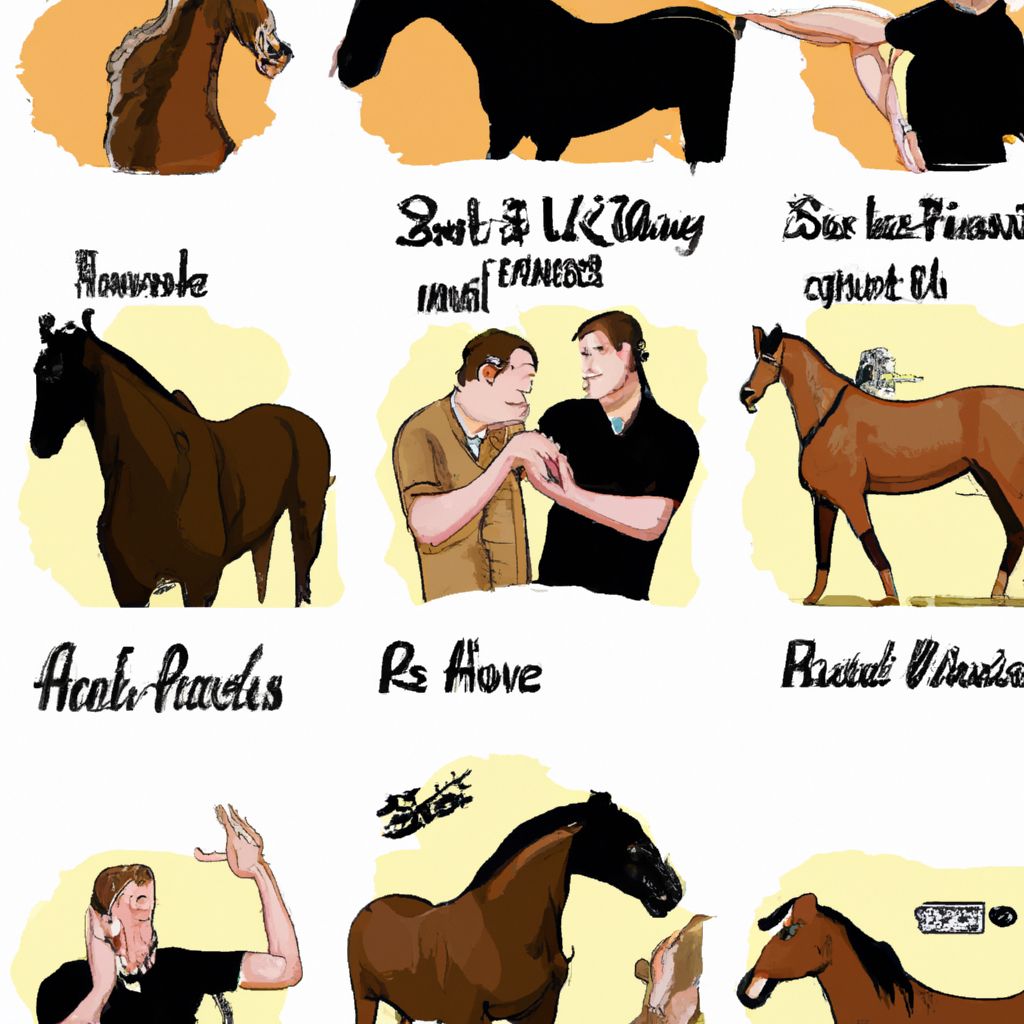
Reacting appropriately to different horse behaviors is an essential part of good horsemanship. Here are some practical guides on how to respond to various horse behaviors:
- Calming a Scared or Anxious Horse
- First, remain calm yourself. Horses are highly sensitive to the emotions of those around them, and your anxiety can exacerbate their fear. Speak softly, move slowly, and give the horse space. Try to remove the source of fear if possible. If not, gradually desensitize the horse to it. Reward calm behavior with gentle strokes or treats.
- Dealing with Aggressive Behaviors
- Aggression in horses can be dangerous, so it's important to handle it with care. Never retaliate with aggression of your own - this can escalate the situation. Instead, try to identify the cause of the aggression. Is the horse scared? In pain? Frustrated? Once you've identified the cause, you can work on addressing it. Always consult a professional if you're unsure or if the aggression persists.
- Encouraging Positive Behaviors
- Positive reinforcement is a powerful tool for shaping horse behavior. Reward desired behaviors with treats, praise, or a pat on the neck. Be consistent and immediate with your rewards so the horse clearly associates the behavior with the reward. Over time, this can encourage the horse to repeat the positive behavior.
Remember, every horse is an individual, and what works for one might not work for another. Always approach horse behavior with patience, understanding, and a willingness to learn.
How Understanding Horse Behavior Enhances Riding Experience
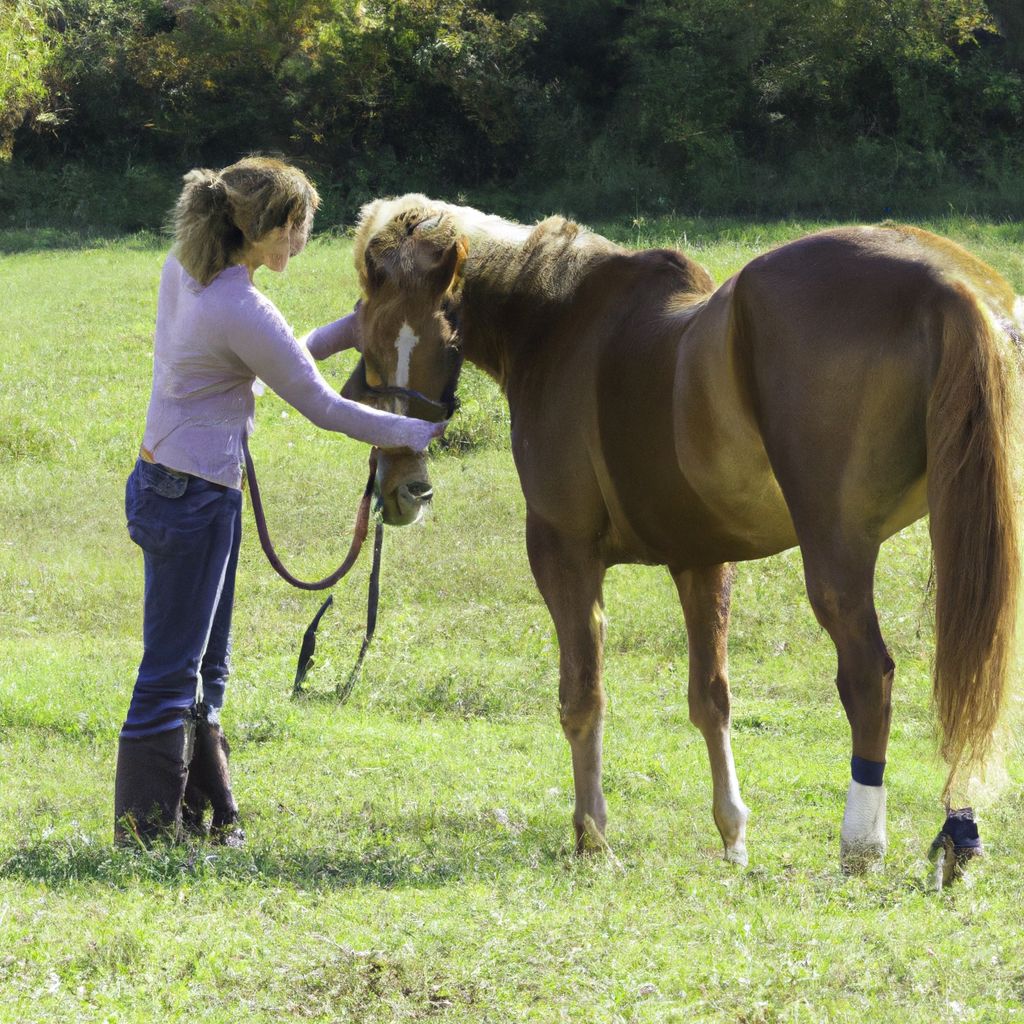
Understanding horse behavior is fundamental to enhancing the riding experience. It improves communication, increases safety, and strengthens the bond between horse and rider. Let's delve into each of these benefits:
- Improved Communication
- Horses, like humans, use body language and sounds to communicate. Understanding these signals allows the rider to respond accurately to the horse's needs and desires, making riding a smoother and more enjoyable experience. For instance, if a horse pins its ears back and swishes its tail during a riding session, it might be indicating discomfort. A rider who understands this can adjust their riding technique or check the saddle fit to alleviate the horse's discomfort.
- Increased Safety
- Many accidents can be avoided if riders understand and respect horse behavior. Recognizing signs of fear or agitation can allow the rider to prevent situations that might lead to a horse bolting or bucking. Moreover, understanding a horse's blind spots and natural instincts can guide a rider in how to approach and handle a horse safely.
- Enhanced Bond
- Understanding and responding appropriately to a horse's behavior communicates respect and empathy to the horse. This can foster a deeper connection between rider and horse, making riding a more rewarding experience. A horse that feels understood and respected is more likely to be cooperative and calm, further enhancing the joy of riding.
Hence, understanding horse behavior is not just about becoming a better rider; it's about developing a better relationship with your horse, leading to a richer and more fulfilling riding experience.
Tips for Learning About Horse Behavior

Learning about horse behavior is a journey that requires patience, observation, and a willingness to learn. Here are some tips and resources that can guide you in this journey:
- Observe Horses
- Spending time observing horses in various situations can provide invaluable insights into their behavior. Watch how they interact with each other, how they respond to humans, and how they behave when alone. Take note of their body language and vocalizations, and try to correlate these with their mood or situation.
- Read Books
- There are many excellent books on horse behavior. Some recommended ones include "Horse Behavior Explained: Origins, Treatment, and Prevention of Problems" by Margit H Zeitler-Feicht and "Understanding Horse Behavior" by Lesley Skipper. These books provide in-depth insights into equine behavior, backed by scientific research and expert opinion.
- Take Courses
- Consider enrolling in a horse behavior course. Institutions like the University of Guelph and the Equine Behavior Institute offer online courses that cover various aspects of equine behavior. These courses typically combine theory with practical assignments, providing a comprehensive understanding of the subject.
- Consult Experts
- Reach out to equine behaviorists, experienced riders, or horse trainers. These experts have a wealth of knowledge and experience that can be incredibly helpful. They can answer your questions, clarify doubts, and provide personalized advice based on their experience.
- Join Equestrian Communities
- Equestrian communities, both online and offline, can be a valuable source of information and support. Members often share experiences, advice, and resources related to horse behavior. Engaging in these communities can provide practical insights and foster a sense of camaraderie among fellow horse enthusiasts.
Remember, understanding horse behavior is a lifelong learning process. Stay curious, keep learning, and most importantly, enjoy the journey!
Conclusion: The Impact of Horse Behavior on Riding
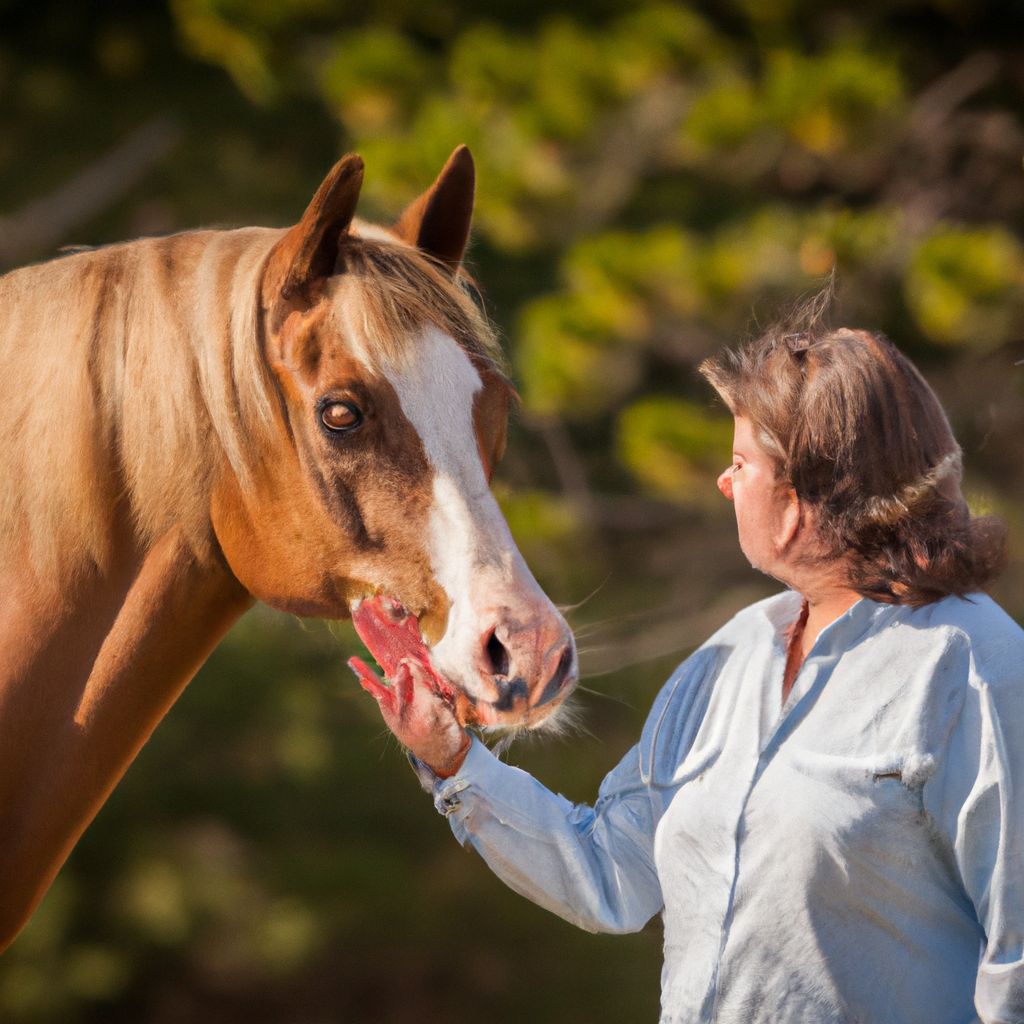
In conclusion, understanding horse behavior is integral to a better riding experience. By recognizing and interpreting the signals a horse communicates through its body language and behaviors, riders can significantly improve their communication with the horse, ensuring a smoother and more enjoyable ride.
We've discussed common horse behaviors such as neighing, pawing, rearing, bucking, and biting, and explained what these behaviors typically indicate. We've also provided practical advice on how to respond to various behaviors, including how to calm a scared or anxious horse, deal with aggressive behaviors, and encourage positive behaviors.
Furthermore, understanding horse behavior has been highlighted as a key factor in enhancing safety during riding and strengthening the bond between horse and rider. By respecting and responding appropriately to a horse's behavior, riders can foster a deeper connection with their horse, making riding a more rewarding experience.
We've also provided tips for those interested in learning more about horse behavior, suggesting resources like books, courses, and expert consultations. The value of learning from experienced riders or horse trainers has been emphasized, as their knowledge and experience can be invaluable.
Ultimately, understanding horse behavior is not just about becoming a better rider; it's about developing a better relationship with your horse, leading to a richer and more fulfilling riding experience.


